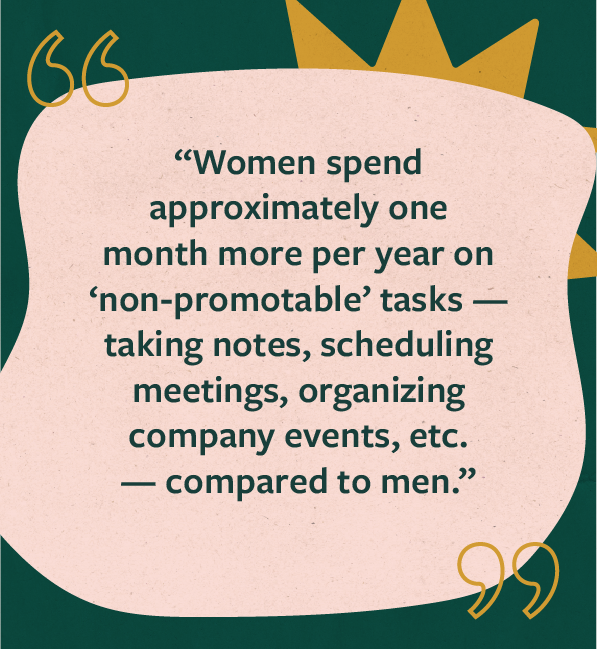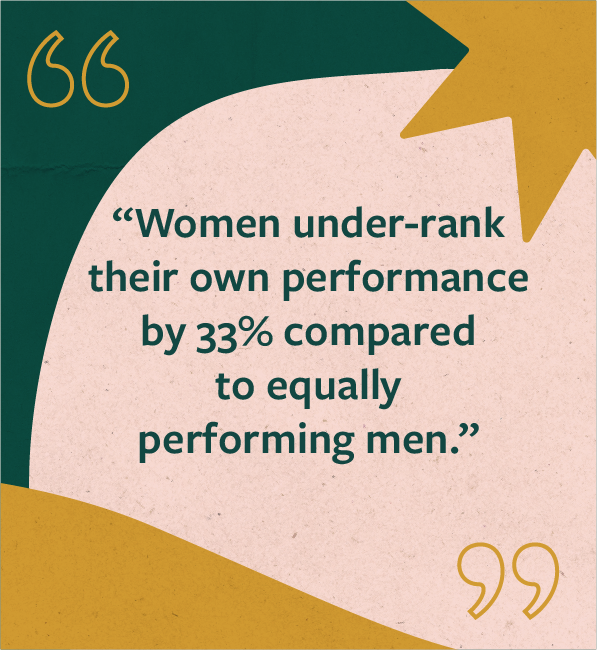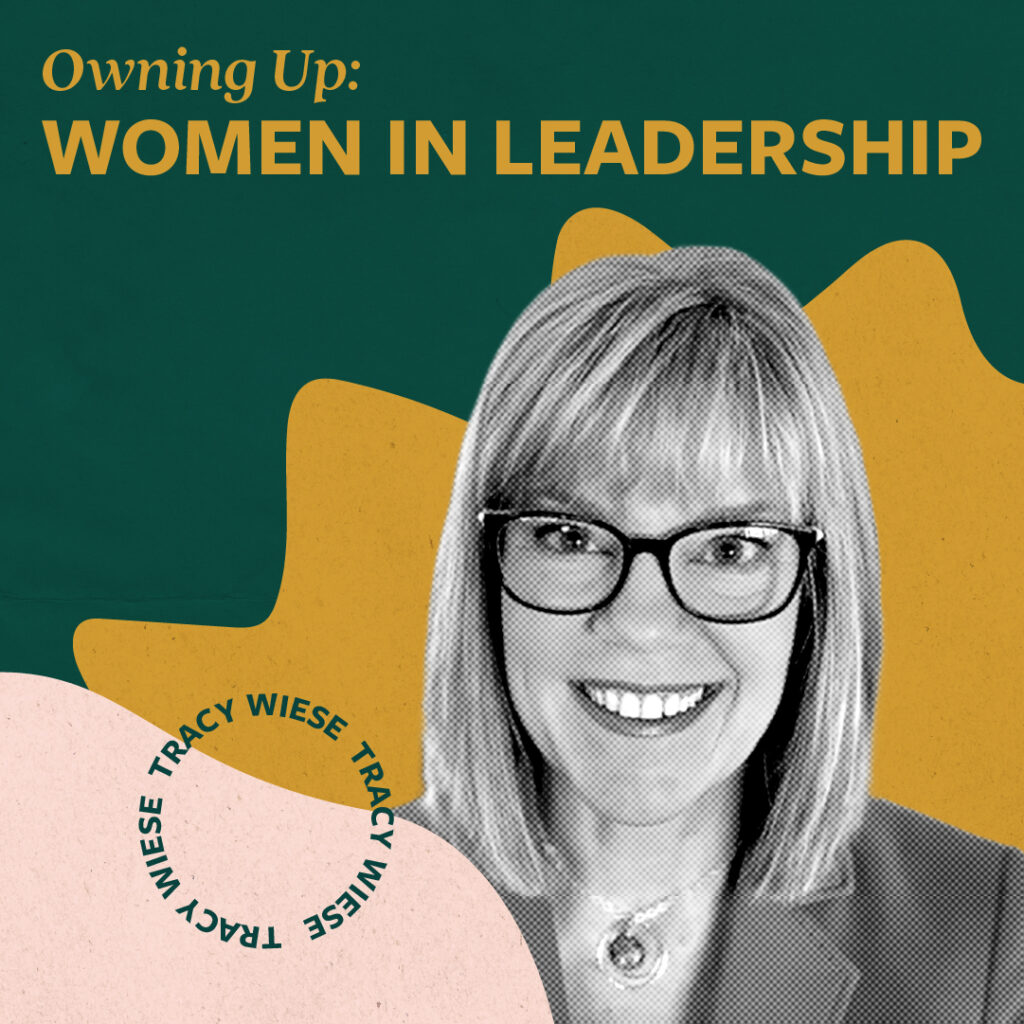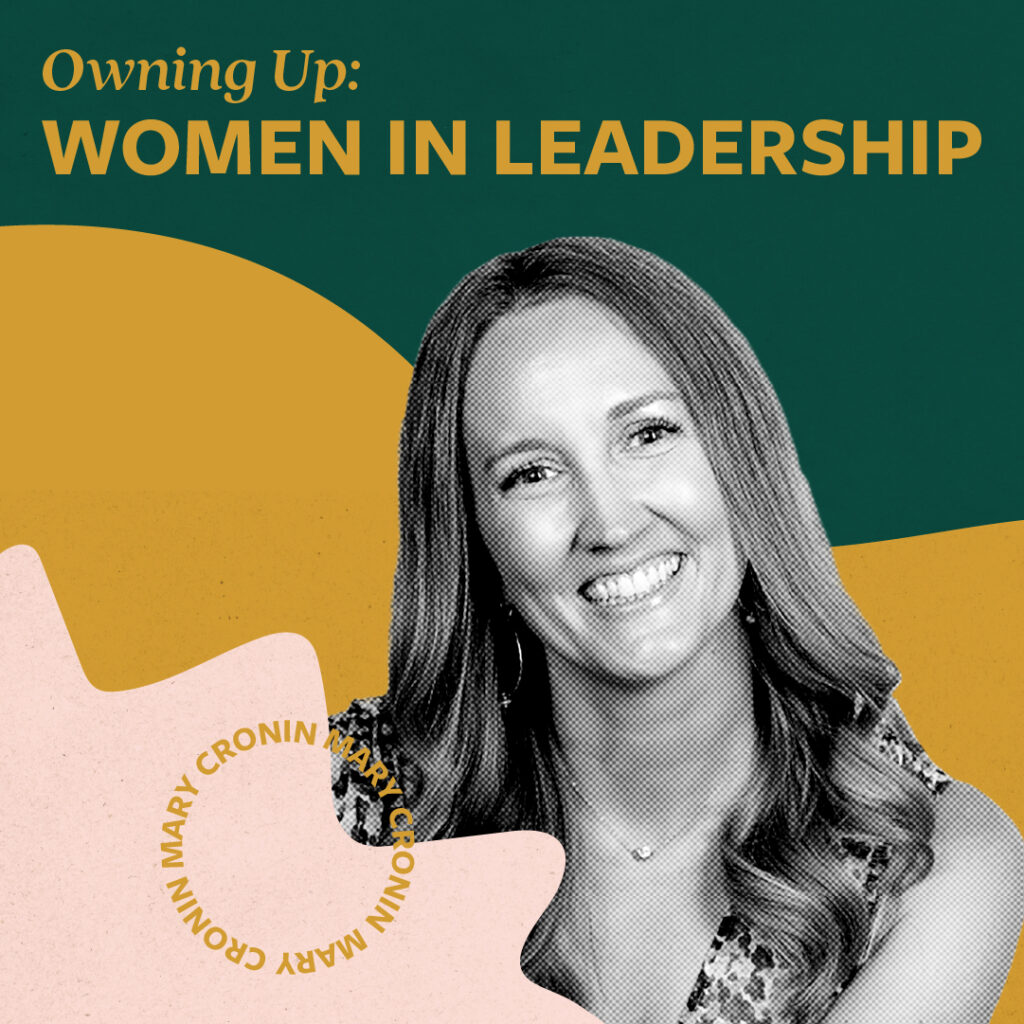Owning Up: Women in Leadership Series
Women held 31.7% of top executive positions across industries in 2021. At Stoltz, we know women make great leaders—and we envision a world where there are an equal number of women in leadership as men. We asked several women we admire who hold leadership positions, or are experts in their field, to share their experiences with us and what leadership means for them. Here is one of their stories.

As a type-A and goal-oriented person, I’ve carried the mindset “putting in hard work and determination will open all doors” and centered my life around when, where, and how I would advance my career. A near singular focus on work has arguably been the foundation of my professional growth. But with more experience, I’m beginning to see you can’t expect the whole garden to grow if you only water one plant.
I struck out on an ambitious turned lengthy educational path — earning three degrees — with the underlying assumption that at the end I would reach “success.” I thought once I was done with grueling all-nighters, humbling peer-reviewed publications, and a seemingly impossible series of exams, I would, I don’t know, get a big gold star next to my name? Not be stressed anymore? Unlock the next level of happiness? Yet, the more I learned, the less I felt I actually knew.

Where does ambition fit into “balance?”
I don’t want to downplay the value of drive and determination. My drive and determination have certainly contributed to my career growth. Instead, I’ve been exploring how the global discussion of work-life balance is shaping my perspective as an ambitious woman navigating life and career in corporate America.
The balance of career ambition and overall fulfillment is the subject of a myriad of articles, academic research, and self-help books — a topic kept thriving by the lack of any one panacea. This discussion was further ignited during the global pandemic, with many business, management, and academic publications predicting significant permanent changes to the workforce. The subsequent Great Resignation opened a dialogue around flexibility, work-life balance, and general fulfillment among employees and employers — and is documented to have largely been driven by women.
The science & stats show women leaders face an uphill climb

One report by McKinsey & Co. and LeanIn.org’s 2022 Women in the Workplace shows that across 333 organizations in corporate America, women leaders continue to be underrepresented. They identify the jump from individual contributor to mid- or senior-level management as a primary bottleneck, with a 13% discrepancy between male and female promotion rates. A number of other recent studies show that women spend approximately one month more per year on “non-promotable” tasks — taking notes, scheduling meetings, organizing company events, etc. — compared to men. Additionally, women under-rank their own performance by 33% compared to equally performing men, and on average are ranked 5.8% less for leadership potential despite also having 7.3% greater performance ratings.

Considering the above, it’s not entirely surprising to note only 25% of C-level positions in corporate America are held by a woman, and even those women are switching jobs more than men and at the greatest documented rates. The Deloitte 2022 Women at Work: Global Outlook cites burnout, insufficient pay, and a lack of advancement opportunities as top reasons 50% of female workers report a desire to leave their current employer in the next two years.
The work-life balance discussion seems to suggest there is an inflection point where hard work turns into spinning wheels that only accelerate you toward burnout — and that the slope of that relationship is still heavily influenced by gender, among many other factors. (There are fantastic resources written by others with far more informed experiences.)
How I’m redefining success
As I gain more career and life experience, I’m starting to process this information on an individual level. What if success is not defined by your career alone? We might all be seemingly climbing the same ladder, but we didn’t all start on the same rung or carry equivalent loads. Measuring ourselves against one ideal isn’t reasonable.
I am here to tell you it never once occurred to me through ten years of college and tens of thousands of dollars in student debt, that checking off academic and professional accomplishments was not the one and only way to achieve happiness. Maybe proving my college guidance counselor wrong — who told me women can’t be good scientists because they are unable to divorce emotion from judgment — isn’t as fulfilling as I once thought it’d be.
A continuous conflict exists between “look at what you have accomplished and be proud of how far you’ve come” and “yes, but what about X,Y,Z?” Even referring to myself as an overachiever sparked at least a 30-minute Google detour of quantitative metrics of accomplishment and the percentiles at which “over” is indeed factual. Whether it came by virtue of nature or nurture, I can’t shake the drive and ambition that have propelled me through my career.

My “ah-hah” moment — a work in progress
For now it’s my responsibility to prioritize managing “success” in a sustainable way. Seeing accomplished, driven women prioritize culture, fulfillment, and work-life balance as they navigate their careers is empowering and freeing.
A job title doesn’t have to be worn like a badge that defines your drive, capabilities, and success, for which there is no (equitable) one-size-fits-all measuring stick. Maybe that advice about devoting time and energy to the parts of life that bring joy — both inside and outside of work — was right after all. Maybe the grass appears greener on the other side because the people there are watering it. Perhaps success is watering the whole garden, instead of just one plant.



